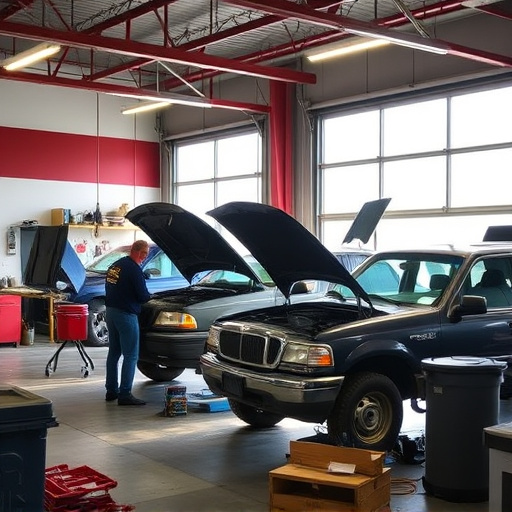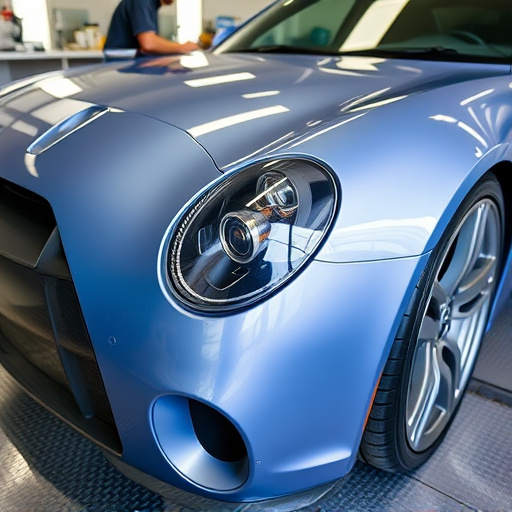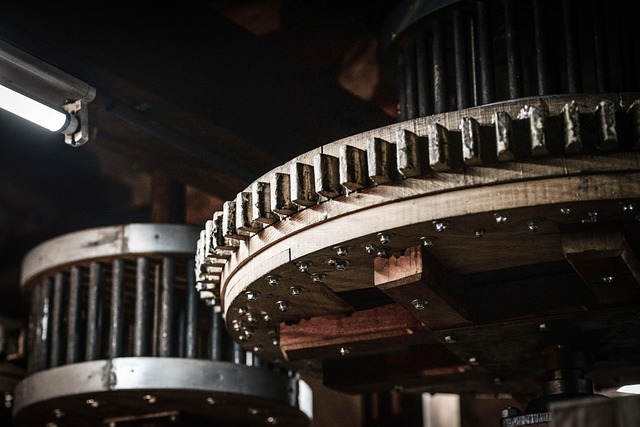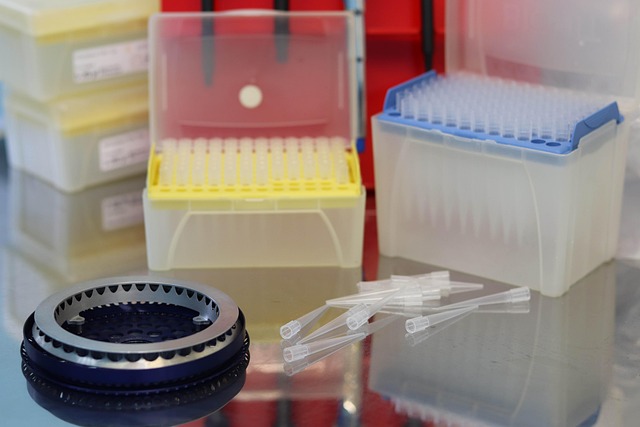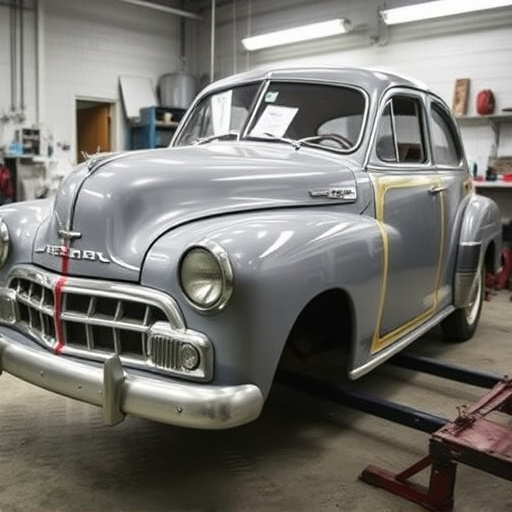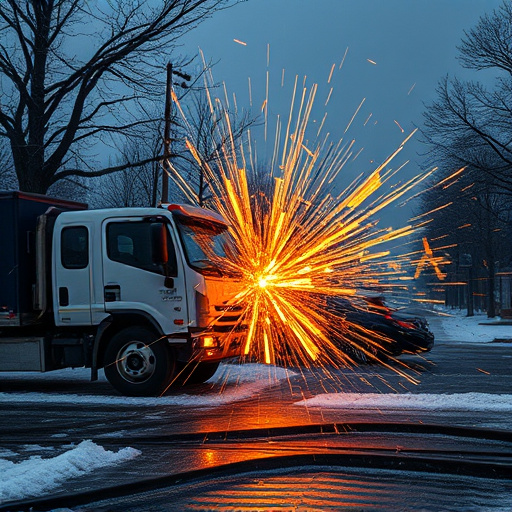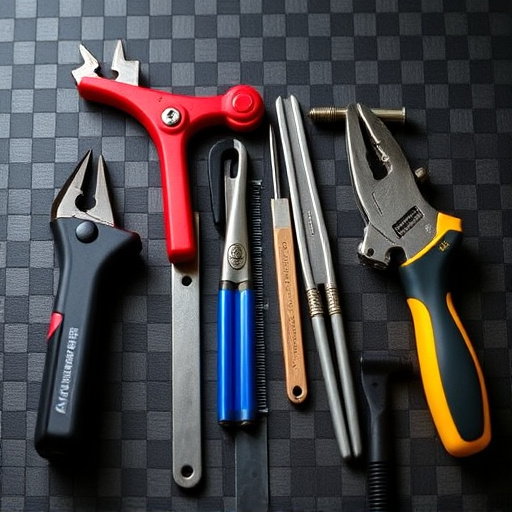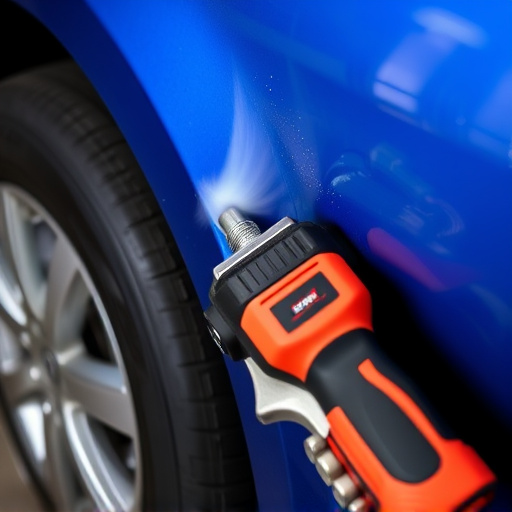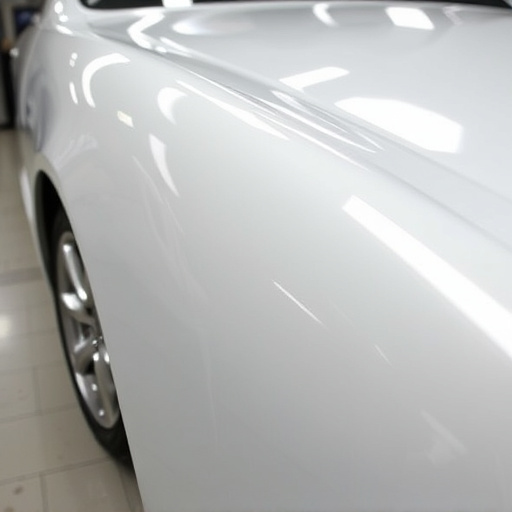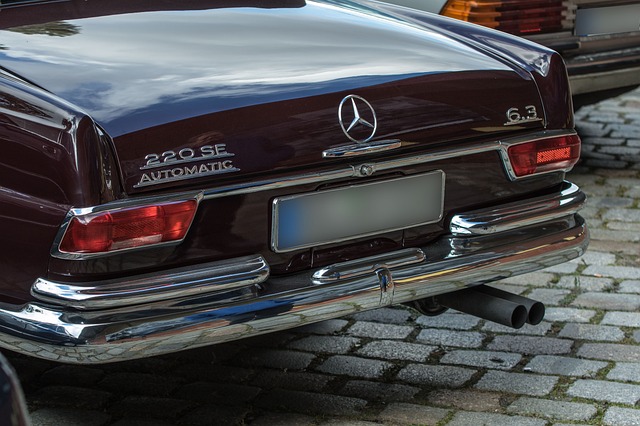Auto body seam sealers are essential for high-quality automotive repairs, preventing water intrusion and enhancing structural integrity. They come in various forms to address minor scuffs to extensive damage, offering versatile applications that cater to intricate vehicle designs. Best practices for application include meticulous preparation, accurate mixing, even distribution, and adequate drying time to ensure durable bonds crucial for hail damage repair and car restoration.
Auto Body Seam Sealers: Unlocking Superior Repair Quality
In the automotive industry, achieving seamless and durable repairs is paramount. This is where auto body seam sealers step in as essential tools, offering a simple yet powerful solution. By understanding the fundamentals of these sealers and their advanced applications, technicians can elevate repair quality significantly. From enhancing structural integrity to ensuring long-lasting finishes, this guide explores how auto body seam sealers are revolutionizing the art of automotive restoration, providing an indispensable edge in modern repair practices.
- Understanding Auto Body Seam Sealers: The Basics
- Key Benefits of Using Advanced Seam Sealers
- Best Practices for Applying Seam Sealers Effectively
Understanding Auto Body Seam Sealers: The Basics

Auto body seam sealers are essential components in the automotive repair process, playing a crucial role in ensuring high-quality finishes and long-lasting vehicle restoration. These sealers are designed to fill and bond with the microscopic gaps that naturally occur where two metal surfaces meet, such as at joints or seams. By effectively sealing these areas, auto body seam sealers prevent water, moisture, and other environmental contaminants from penetrating the car’s body panel. This is particularly important in vehicle dent repair, as it helps maintain structural integrity and prevents further damage.
In the context of car scratch repair, understanding the basics of auto body seam sealers can help technicians achieve seamless results. The sealers come in various forms, including gels, pastes, and liquids, each with unique properties tailored to different repair scenarios. Modern sealers often contain advanced additives that enhance their bonding capabilities, making them suitable for both minor scuffs and more extensive vehicle dent repair work. Their application typically involves precise mixing, careful distribution along the seam, and curing under specific conditions to ensure a strong and durable bond.
Key Benefits of Using Advanced Seam Sealers
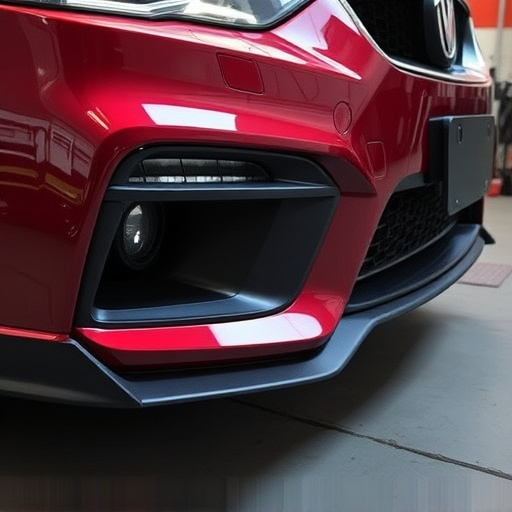
Auto body seam sealers are a critical component in achieving high-quality repairs for vehicle bodywork. Their primary benefit lies in ensuring robust and long-lasting bonds between components, which is crucial when dealing with car damage repair, especially after incidents like hail damage repair. These advanced sealers create seamless connections, fortifying the overall structure of the vehicle and enhancing its structural integrity.
Beyond durability, auto body seam sealers offer enhanced versatility. They allow for precise applications, catering to intricate vehicle design details. This precision is particularly beneficial during complex repairs, ensuring that every part of the bodywork, from panels to frames, aligns seamlessly. By utilizing these modern tools, technicians can achieve not just cosmetic perfection but also structural soundness, elevating the standard of hail damage repair and other car restoration endeavors.
Best Practices for Applying Seam Sealers Effectively
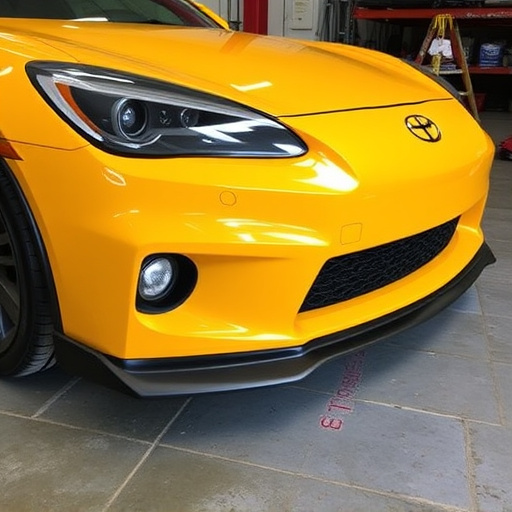
When applying auto body seam sealers, adherence to best practices is key to achieving superior repair quality. The process begins with thorough preparation of the seam area. This involves cleaning and degreasing to remove any contaminants that could hinder adhesion. Sanding the joint lightly can also help create a rougher surface for better sealer grip. It’s essential to follow the manufacturer’s instructions regarding application temperature and timing, as these factors significantly impact the product’s performance.
For effective sealing, proper technique is paramount. This includes ensuring even distribution of the sealer across the entire seam, avoiding over- or under-application. Using a smooth, consistent motion helps prevent bubbles and ridges in the sealant layer. After application, allow ample time for drying before subjecting the repair to further processing, such as painting or frame straightening. Incorporating these best practices into auto body repairs ensures that auto body seam sealers live up to their potential, contributing to durable, high-quality car restoration outcomes.
Auto body seam sealers play a pivotal role in enhancing repair quality, ensuring durable and seamless vehicle restoration. By understanding their basics and leveraging advanced formulations, technicians can achieve superior results. Adhering to best practices for application ensures these sealers effectively fill gaps, resist corrosion, and maintain structural integrity. Incorporating modern auto body seam sealers into repair processes is a game-changer, enabling garages to deliver high-quality, long-lasting repairs that satisfy both technicians and customers alike.

